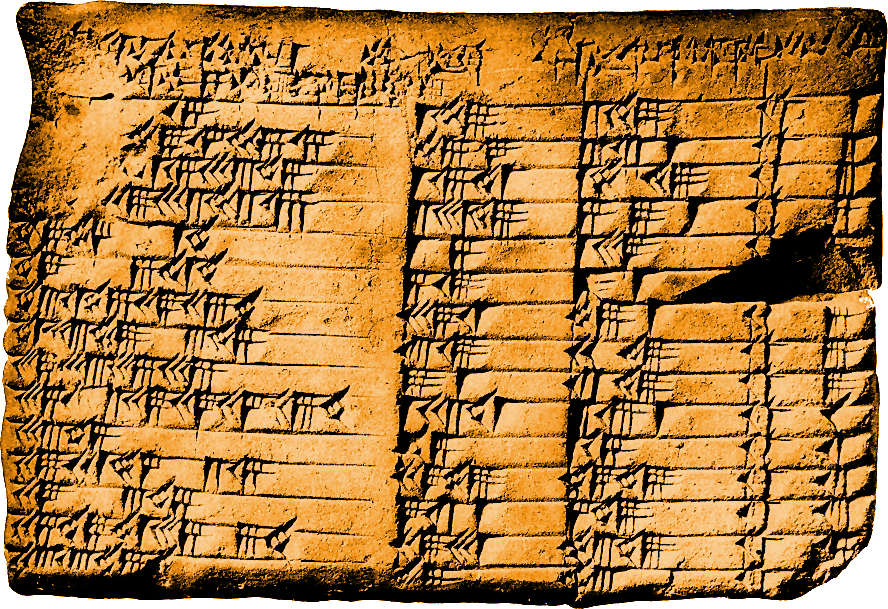Ta da! So there is yet another phase of carbon available - Q-carbon! In the light of C60, carbon nano tubes (CNTs) and graphene, it will for sure be exiting to follow the development of this discovery. For a starter the Q-carbon exhibits
robust bulk
ferromagnetism with estimated Curie temperature of about 500 K, which may come handy for all sort exiting materials.
Bellow are two publications by Jagdish Narayan and
Anagh Bhaumik from at North Carolina State University.
The gentlemen behind the discovery - Jagdish Narayan and
Anagh Bhaumik. Lets assume that they will be awaiting a phone call from Stockholm the next years. (Photos from Research Gate profiles)
Novel phase of carbon, ferromagnetism, and conversion into diamond
Jagdish Narayan and
Anagh Bhaumik
We report the discovery of a new phase of carbon (referred to as Q-carbon) and address fundamental issues related to direct conversion of carbon into diamond
at ambient temperatures and pressures in air without any need for
catalyst and presence of hydrogen. The Q-carbon is formed as result of
quenching from super undercooled state by using high-power nanosecond
laser pulses. We discuss the equilibrium phase diagram (P vs. T) of carbon and show that by rapid quenching kinetics can shift thermodynamic graphite/diamond/liquid carbon triple point from 5000 K/12 GPa to super undercooled carbon at atmospheric pressure in air. It is shown that nanosecond laser heating of diamond-like amorphouscarbon on sapphire, glass, and polymer substrates can be confined to melt carbon in a super undercooled state. By quenching the carbon from the super undercooled state, we have created a new state of carbon (Q-carbon) from which nanodiamond, microdiamond, microneedles, and single-crystal thin films are formed depending upon the nucleation and growth times allowed for diamond formation. The Q-carbon quenched from liquid is a new state of solid carbon with a higher mass density than amorphouscarbon and a mixture of mostly fourfold sp3 (75%–85%) with the rest being threefold sp2 bonded carbon
(with distinct entropy). It is expected to have new and improved
mechanical hardness, electrical conductivity, chemical, and physical
properties, including room-temperature ferromagnetism
(RTFM) and enhanced field emission. Here we present interesting results
on RTFM, enhanced electrical conductivity and surface potential of
Q-carbon to emphasize its unique properties. The Q-carbon exhibits
robust bulk ferromagnetism with estimated Curie temperature of about 500 K and saturation magnetization value of 20 emu g−1. From the Q-carbon, diamond phase is nucleated and a variety of micro- and nanostructures and large-area single-crystal diamond sheets are grown by allowing growth times as needed. Subsequent laser pulses can be used to grow nanodiamond into microdiamond and nucleate other nanostructures of diamond
on the top of existing microdiamond and create novel nanostructured
materials. The microstructural details provide insights into the
mechanism of formation of nanodiamond,
microdiamond, nanoneedles, microneedles, and single-crystal thin films.
This process allows carbon-to-diamond conversion and formation of
useful nanostructures and microstructures at ambient temperatures in air
at atmospheric pressure on practical and heat-sensitive substrates in a
controlled way without need for any catalysts and hydrogen to stabilize
sp3 bonding for diamond formation.
Research Update: Direct conversion of amorphous carbon into diamond at ambient pressures and temperatures in air
J. Narayan , A. Bhaumik
APL Materials 10/2015; 3(10):100702.
DOI: 10.1063/1.4932622
ABSTRACT
We report on fundamental discovery of conversion of amorphous carbon into diamond by irradiating amorphous carbon films with nanosecond lasers at room-temperature in air at atmospheric pressure. We can create diamond in the form of nanodiamond (size range <100 nm) and microdiamond (>100 nm). Nanosecond laser pulses are used to melt amorphous diamondlike carbon and create a highly undercooled state, from which various forms of diamond can be formed upon cooling. The quenching from the super undercooled state results in nucleation of nanodiamond. It is found that microdiamonds grow out of highly undercooled state of carbon, with nanodiamond acting as seed crystals.



%20(1).png)













